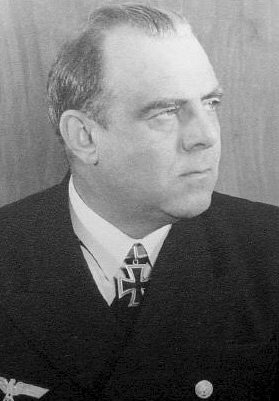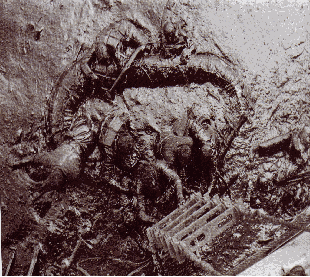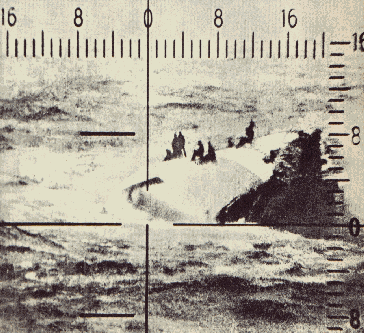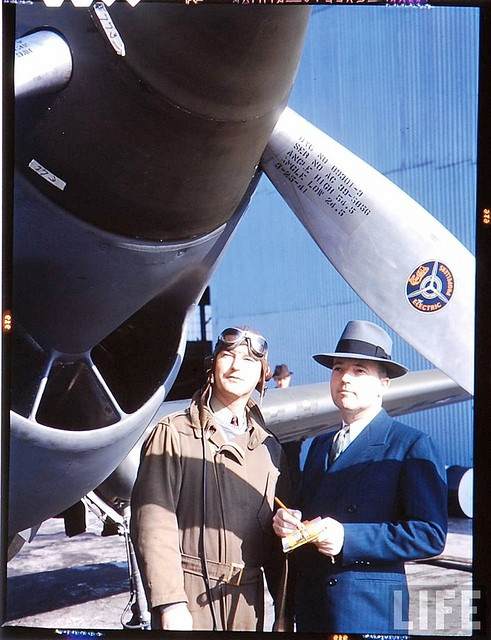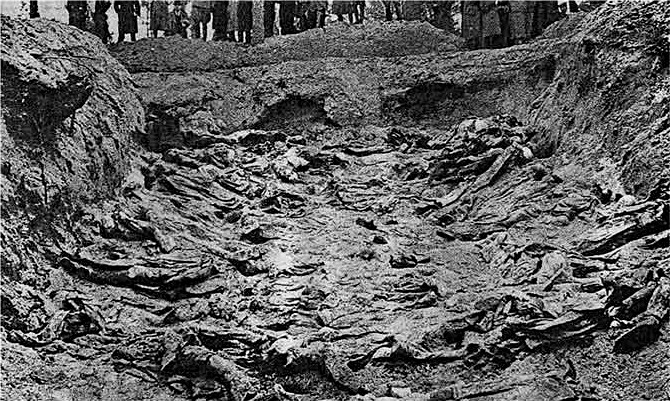Thursday 11 April 1940
The Norwegian government has settled in at Elverum for the time being. In a proclamation, Norwegian Premier Nygaardsvold reaffirms the country's determination to resist the German invasion.
German strategy is to link up their forces from Oslo to Trondheim. This is made possible by long mountain defiles that run the length of that section of the country. German 196th Division (General Richard Pellengahr) is to move north from Oslo up the Gudbrandsdal and Østerdal valleys, using air support to clear the way in an early form of Blitzkrieg.
The German 163rd Division and 196th Infantry Division attack the Norwegian 1st Infantry Division around Oslo. More Kriegsmarine transports arrive there carrying troops.
Northwest of Kristiansand, the German 310th Infantry Regiment moves inland and occupies Hægeland.
HMS Furious launches air attacks against shipping in Trondheimsfjord.
Late in the day at Narvik, Kriegsmarine destroyers SMS Erich Koellner (Z13) and SMS Wolfgang Zenker (Z9) both run aground. The Zenker can still move at 20 knots, but the Koellner is in bad shape and the Germans decide to convert it into a stationary defensive battery at the Tårstad, on the north shore of the fjord west of Narvik.
The British are focused on Narvik, which is so isolated in northern Norway that it may as well be an island. Basically, the entire battle in Norway is because of that one port, and whoever controls it basically wins. The British 146th Territorial Brigade re-embarks on transports and ships out of the Clyde, destination: Narvik.
First Lord of the Admiralty Winston Churchill announces to the House of Commons that the Royal Navy is occupying the Faroe Islands. They are a Danish possession, which cannot be ceded to German control:
We shall shield the Faroe Islands from all the severities of war and establish ourselves there conveniently by sea and air until the moment comes when they will be handed back to the Crown and people of a Denmark liberated from the foul thraldom in which they have been plunged by the German aggression.While certainly unintentional, Churchill's justification sounds uncannily like the German offer of "protection" to Norway and Denmark. Previously, Iceland essentially seceded from Denmark to avoid German domination.
European Air Operations: The RAF sends 6 bombers to attack Stavanger-Sola airfield. This is the first daylight attack by bomber command on a continental target. One of the bombers is lost.
RAF Coastal Command shoots down a Dornier flying boat in the North Sea.
RAF Bomber Command attacks German shipping around Norway during the night without causing damage.
Two Luftwaffe reconnaissance planes - a Heinkel and a Dornier - are shot down over the western front.
The British Air Ministry issues a report stating that 19 Luftwaffe planes had been shot down in the past four days, to 6 RAF losses.
 |
| Hauptmann Herbert Stemmer in front of a light PzKpfw in Norway April 1940. Stemmer passed away in 1974. |
The Lützow is towed home after an attack by HMS Spearfish during the night in the Kattegat. While Spearfish fires 6 torpedoes and only one hit, that one torpedo nearly rips off her stern. In fact, it is a lucky break for the Kriegsmarine: Spearfish assumed there was an escort that would attack it, but the cruiser, in fact, was traveling without an escort.
British submarine HMS Triad sinks German troop transport Ionia.
British submarine HMS Sealion sinks German ship, August Leonhardt.
Kriegsmarine minelayers set mines in the Skagerrak.
Western Front: The British 42nd Infantry Division embarks for France.
Sweden: Stockholm radio reports that the country has mined its western coast.
Belgium: The country cancels all military leaves - again.
Soviet Union: General Pavel Batov becomes Deputy Commander in Chief of the Transcaucasus Military District.
Albania: Italy clamps down on civil disobedience, outlawing strikes, protests, rallies and the like.
Australia: General Thomas Blamey assumes command of the Australian I Corps.
US Navy: Rear Admiral Claude C. Bloch replaces Rear Admiral Orin G. Murfin as Commandant Fourteenth Naval District and Navy Yard Pearl Harbor, Territory of Hawaii.
China: With the Chinese Winter Offensive over, the Japanese turn to weeding out communist partisans in the central Hebei, Anhui, and Shanghai sectors.
 |
| Norwegian General Otto Ruge. |
April 1940
April 1, 1940: Weserubung is a GoApril 2, 1940: British Subs On Alert
April 3, 1940: Churchill Consolidates Power
April 4, 1940: Missed the Bus
April 5, 1940: Mig-1 First Flight
April 6, 1940: Troops Sailing to Norway
April 7, 1940: Fleets At Sea
April 8, 1940: HMS Glowworm and Admiral Hipper
April 9, 1940: Invasion of Norway
April 10, 1940: First Battle of Narvik
April 11, 1940: Britain Takes the Faroes
April 12, 1940: Germans Consolidate in Norway
April 13, 1940: 2d Battle of Narvik
April 14, 1940: Battle of Dombås
April 15, 1940: British in Norway
April 16, 1940: Germans Cut Norway in Half
April 17, 1940: Trondheim the Target
April 18, 1940: Norway Declares War
April 19, 1940: Dombås Battle Ends
April 20, 1940: Germans Advancing in Norway
April 21, 1940: First US Military Casualty
April 22, 1940: First British Military Contact with Germans
April 23, 1940: British Retreating in Norway
April 24, 1940: British Bombard Narvik
April 25, 1940: Norwegian Air Battles
April 26, 1940: Norwegian Gold
April 27, 1940: Allies to Evacuate Norway
April 28, 1940: Prepared Piano
April 29, 1940: British at Bodo
April 30, 1940: Clacton-on-Sea Heinkel
2020


